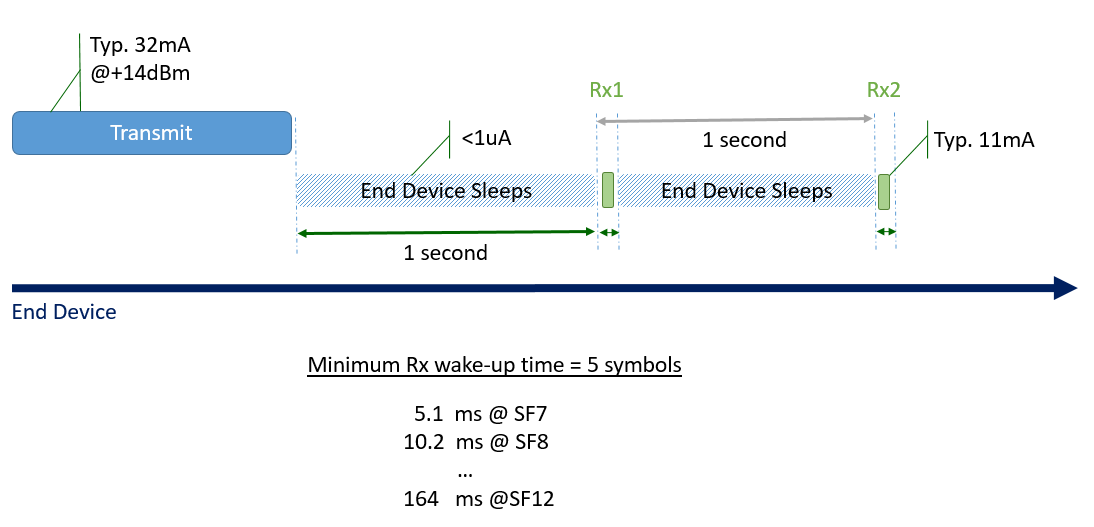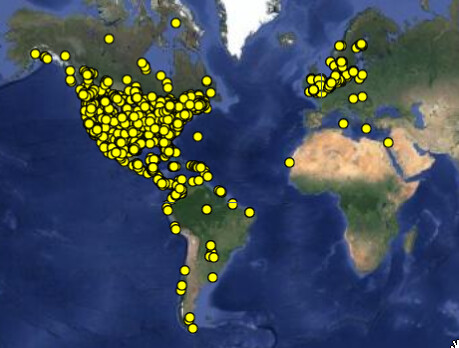I’m researching whether it makes sense to track migrating birds using public LoRaWAN networks, whether free or paid. (This is in the context of https://motus.org, which is an int’l collaboration that has set-up hundreds of VHF and UHF beacon tracking towers.)
I’m mostly seeing case studies or reports about tracking cattle or wildlife in a park. That makes total sense to me as one can set-up local gateways and thereby not worry about per-packet costs or fair use policy type of stuff. Migrating birds fly across continents, however.
The two big stumbling blocks I see are per packet costs or allowance and data rates. (I am intimately familiar with LoRa and somewhat with LoRaWAN.) Migrating birds cover a pretty large area pretty fast, so transmitting location once an hour doesn’t seem sufficient. For reference, current VHF or UHF beacons transmit once every few seconds (20 at most). Part of the reason is that the birds are mostly out of reach of a tower so the brief moments where they are in range need to be captured. (The tradeoffs here change slightly with LoRa vs. traditional VHF/UHF beacons.) But if a bird ends up close to a tower and roosts then sending a message every minute (say) would be crazy/expensive/violate fair use. I don’t see any per-packet prices on the TTI site, so I can’t evaluate how the costs would rack up. How are people dealing with this type of issue?
The other stumbling block is uploading collected data. The trackers attached to the birds may have GPS or other location technology, or other sensors and the attraction of public networks is that when the bird flies by a tower it could upload the collected data. I’m not sure how to engineer that, however. Assuming that 99%+ of packets transmitted by a bird tracker will not be heard how can a tracker detect that it’s actually close to a tower and then switch to uploading the collected data? Presumably such an upload would violate TTN fair-use but presumably if one pays for the packets one can do such a burst upload.
Some of the studies I’ve found place private gateways near roosting/nesting sites or other places where the birds being studied are known to fly by and that makes total sense and is something I expect to do as well. But for that type of set-up public LoRaWAN networks are not needed and even LoRaWAN has marginal value IMHO. The point of looking at public networks is to complement such private gateways. Maybe that doesn’t make sense…
I really appreciate any input.
(NB: to make things a bit more interesting, all the above has to happen within extremely tight power constraints: the tags I’m building weigh less than 1 gram.)

